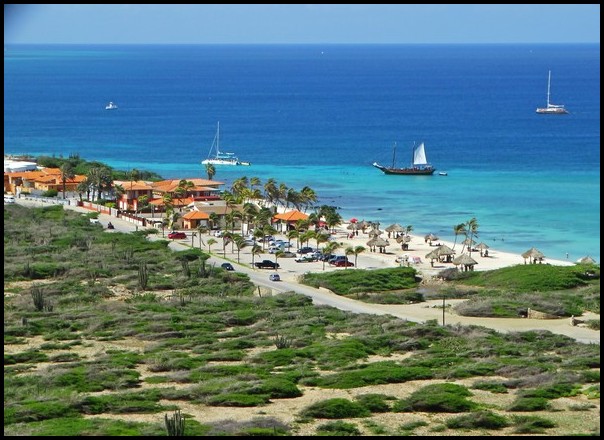
10 Surprising Facts about Aruba
I am currently two weeks into my two-month stint on beautiful Aruba island. The beaches and sea here are truly gorgeous!
I’ve been enjoying most mornings at one beach or other, doing my daily yoga, meditation and breathing exercises on the sand, followed by a tasty boxed breakfast then a long cool swim or snorkeling session. Ah, I’m happily immersed in nature!
Before I arrived to Aruba, I did a lot of research about the island in order to prepare for my long stay. During research I learned many rather surprising & interesting facts about this tiny Caribbean island. Detailed below are the 10 most intriguing things I learned.
I previously wrote about How I Ended up Living on Aruba for two months here. I also wrote a detailed Introduction to Aruba last week.
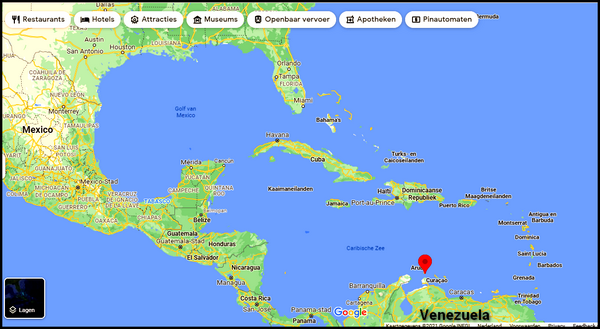
1. Aruba is the 7th smallest country in the world
Aruba is one of dozens of island nations around the world. Most are found in the Caribbean and the Pacific. Others are located off the coast of Africa, India and in the Mediterraean Sea. Aruba is one of the smallest island nations on the globe.
In fact, Aruba is currently the 7th smallest country in the world. The six smaller countries are all located in Europe or the Pacific Ocean. They include, from smallest, Vatican City, Monaco, Nauru (South Pacific island nation), Tuvalu (South Pacific island nation), San Marino (within Italy) and Leichtenstein.
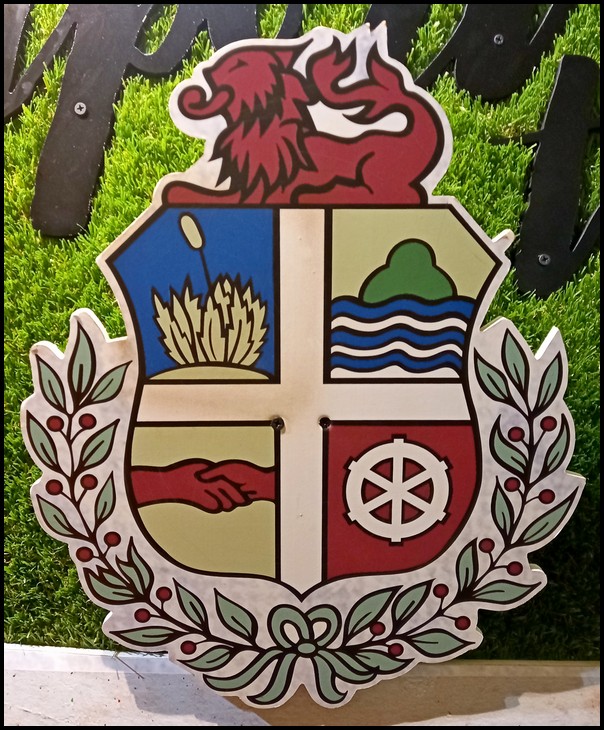
2. The Country of Aruba is only 35 years old
Aruba gained its independence from the Netherlands in 1986. Along with the island’s status as a country, it also gained its own flag, coat of arms, currency and constitution.
However, Aruba is not a completely independent nation. Officially, it is one of four ‘Consituent Countries of the Netherlands’. The island nations of Curacao, Sint Maarten and the Netherlands are the other three constituent countries.
This arrangement means that the Netherlands handles Aruba’s foreign affairs and military defense, while Aruba manages all its own internal affairs. Many aspects of Aruban life are modelled after Holland, including the educational and political systems, right-hand driving and the official use of the Dutch language (along with Papamiento).
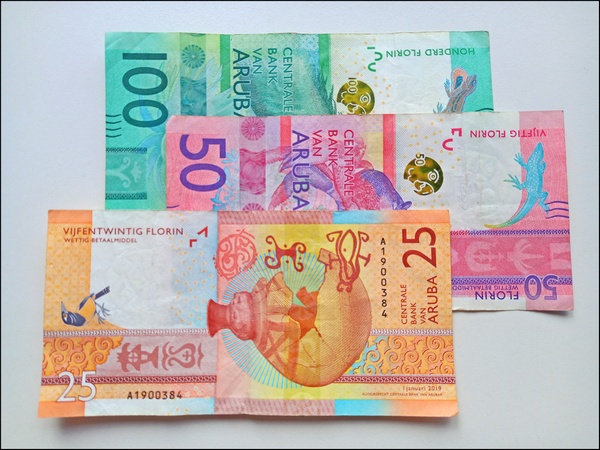
3. Aruba has its own currency
The Aruban currency is called Florin. It’s pegged against the $US, generally steady at $1US = 1.8 florin. And the bills have beautiful Aruban-themed designs and great vibrant colors.
Both Florin and US dollars are used around the island, with many stores and services offering prices in both florin and dollars. The US dollar price given is often slightly more expensive than the Florin price, so paying in Florins could save you a bit of money in the course of your visit.
4. Aruba has its own language, called Papamiento
Papamiento is the official language of Aruba, along with the Dutch language. Papamiento is a Creole language, spoken in the southern Caribbean islands of Aruba, Bonaire and Curacao.
Papamiento mixes words from Spanish, Portuguese, Dutch, west African languages and English. Each of the three islands have slightly different versions of spoken and written Papamiento. The language continued to modify over the centuries under Dutch rule and during the more recent tourist trade.
The history and origin of Papamiento is unclear, but most linguists now agree that its roots are in Creole languages spoken off the coast of west Africa. Papamiento has many similarities with languages spoken in Cape Verde Islands and other locales.
The first evidence of widespread use of Papamiento in Aruba comes from official documents of the early 1700s. By the 1800s most documents in Aruba were written in Papamiento.
In Aruba, most locals speak among themselves primarily in Papamiento. There are also Papamiento newspapers and TV & radio shows.

5. Aruba is located only 30 km / 18 miles from Venezuela / South America
Aruba is one of the southernmost islands in the Caribbean Sea, along with neighboring islands Bonaire and Curacao (Although Trinidad & Tobago, situated just off the northeastern coast of Venezuela, are even further south).
Aruba is closest to Venezuela, with Aruba’s southeastern coast situated only 18 miles / 30 km north of the Venezuelan peninsula Paraguana. Aruba is also at the same latitude as Nicaragua in Central America.
6. Aruba was a Dutch colony for 350 years
The Dutch gained control of Aruba in 1636, ‘winning’ the island from Spain as a result of the Thirty Years’ War. Prior to that, Spain had ruled the island, rather brutally, from 1500 until the Dutch took over.
The Dutch ruled Aruba for a whopping 350 years, from 1636 to 1986, aside from a short 10-year rule by the British in the early 1800s and an even briefer take-over by Nazi Germany in the 1940s. Even now, the Netherlands has a strong connection to Aruba, looking after Aruba’s foreign affairs and military defense, while Aruba handles its own internal affairs.
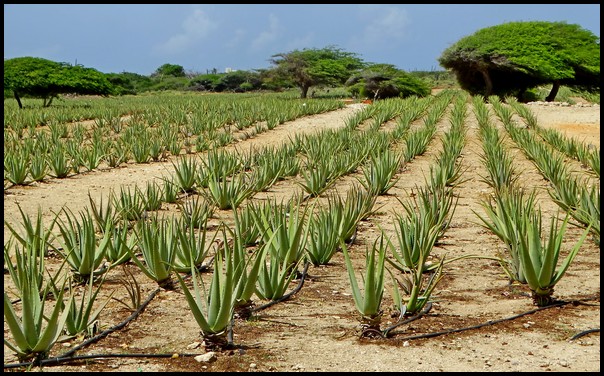
8. Aruba used to be the world’s largest exporter of Aloe Vera
Aloe vera plants were imported to Aruba from a tiny island off the coast of west Africa in 1840 by the Dutch. Aloe thrives in Aruba’s arid soil and minimal rainfall.
But the aloe vera industry didn’t get started until 1890 when a local man began making a laxative from aloe resin, which he distributed to America and Europe. This became Aruba’s first industry and employed many locals.
The aloe laxative product was very successful and business continued expanding to the point where 2/3 of the island was covered in aloe plantations and Aruba became the largest exporter of aloe vera in the world at the turn of the century and early 1900s.
In the late 1920s oil refineries opened on Aruba, transforming the island’s economy and wealth. The aloe industry declined. In the 2020s there’s still one aloe company on Aruba. It makes a whole range of aloe products, mostly for skincare and cosmetics. Visitors can learn about aloe vera growth, production and products at their factory/museum.
7. Most Arubians speak 3 languages
As noted above, Aruba has two official languages: Dutch and Papamiento. Both languages are learned at school, while most locals speak Papamiento at home and in daily life.
Nowadays, with the tourist industry being the most important source of income, and 80% of tourists arriving from the USA, most locals also speak English. Many also speak Spanish, including thousands of Arubans who migrated from South America and other Caribbean islands.
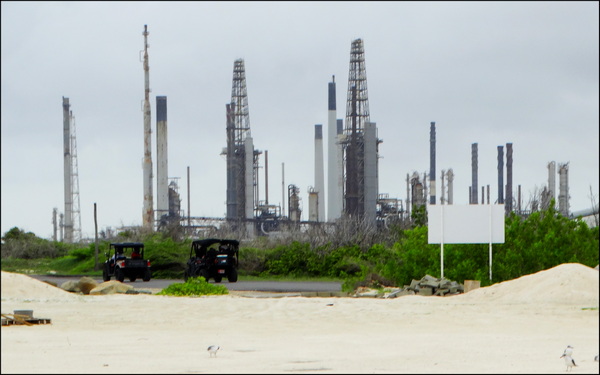
9. Aruba had the one of world’s biggest oil refineries until the 1980s
Aruba’s first oil refinery opened in 1928 by Royal Dutch Shell. The island was perfectly positioned close to Venezuela’s large oil fields. Soon another oil company opened its refinery on Aruba and others followed.
The opening of oil refineries quickly changed the economy, daily living conditions and prosperity of Aruba, transforming it from a poor Caribbean backwater to one of the region’s most prosperous islands.
Oil refining boomed along in Aruba for 50 years, expanding, creating jobs and wealth. By 1945 one billion barrels of crude oil had been processed on Aruba. Up until the 1970s the island was one of the world’s largest oil refinery centers.
Then suddenly the refineries closed in 1986 due to global over-supply. That creating yet another huge change in Aruba’s economy, prosperity and job market.
Quite luckily for Aruba and its residents, the tourist industry had started in 1946 with steady organization, planning and marketing by the newly formed Aruba Tourist Board. By the mid 1980s tourism was already adding another steady stream of income and jobs on the island.
After the refineries closed, the Aruban tourist board and government ramped up their focus and efforts to promote and expand the tourist industry, to great success.
The oil refinery re-opened on a smaller scale in 1991 by another company and continues refining oil to this day.
10. Aruba has the world’s second largest water de-salinization plant
Aruba is an extremely dry island. In fact, there are zero rivers and no naturally occuring fresh water anywhere on the island.
In order to supply fresh water for indoor plumbing, drinking and daily human needs, a large desalination plant was opened in 2000. The plant was constructed in Germany then shipped to Aruba.
The plant is about the size of half a football field and produces over 11 million gallons / 40 million liters of water per day. The plant uses no chemicals in processing the water, instead employing ultra-violet technology to further purify water for drinking after it’s been completely desalinized.
That means all tap water on Aruba is safe to drink! But it also means that water is expensive for residents, hotels, restaurants and other businesses relying on water. Rather surprisingly, knowing all that, many beaches on Aruba provide free fresh water showers for people to rinse off after swimming in the sea. Hats off to the island for that!
==========================
You might also like:
Introduction to Aruba How I Ended up Living in Aruba for Two Months
===============



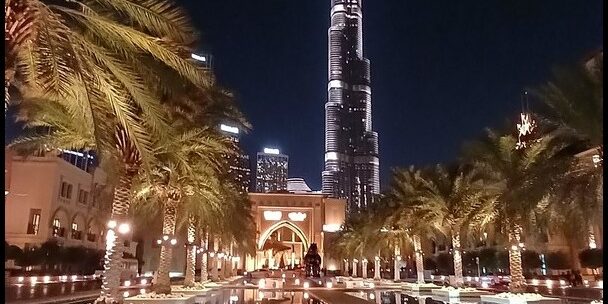



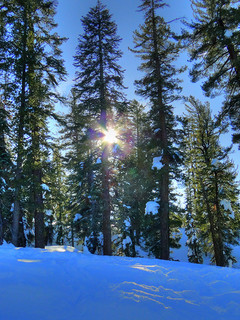
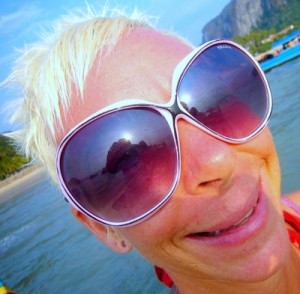
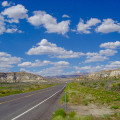
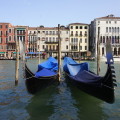

 Hi! I'm Lash, an American nomadic world traveler who's been traveling solo since 1998. I’m passionate about traveling the world nomadically and then sharing it all with you. I hope to inspire you to travel the world, to entertain you with tales from the road, and to help you reach your travel dreams. Welcome!
Hi! I'm Lash, an American nomadic world traveler who's been traveling solo since 1998. I’m passionate about traveling the world nomadically and then sharing it all with you. I hope to inspire you to travel the world, to entertain you with tales from the road, and to help you reach your travel dreams. Welcome! 



